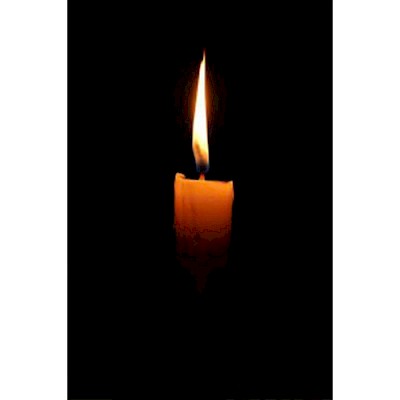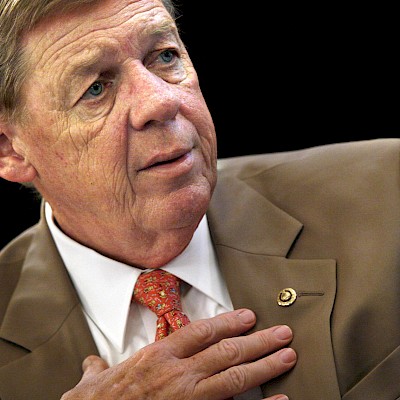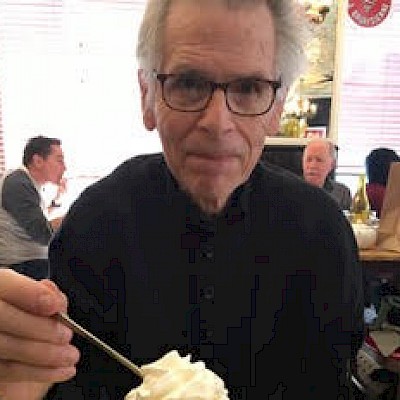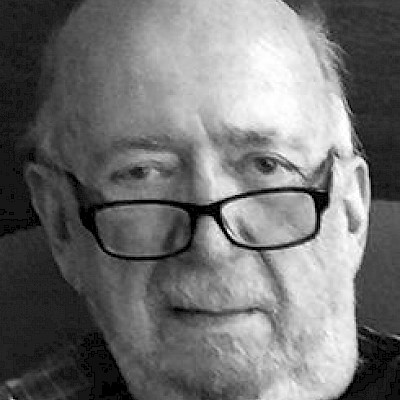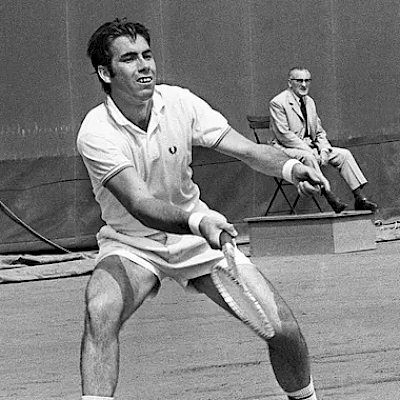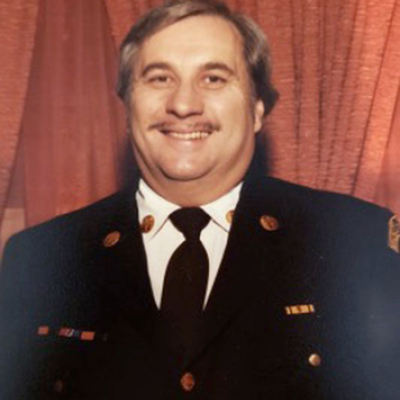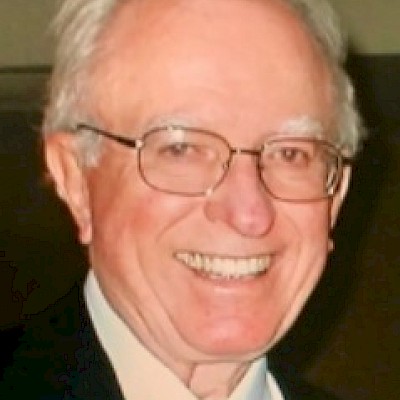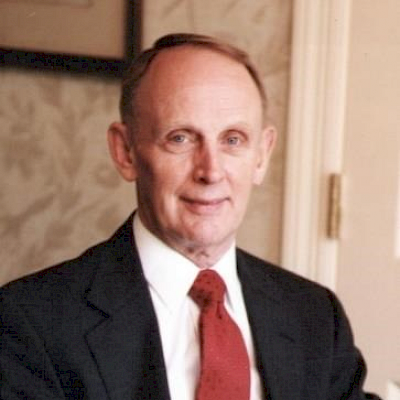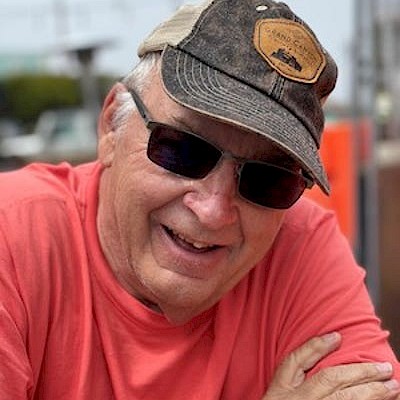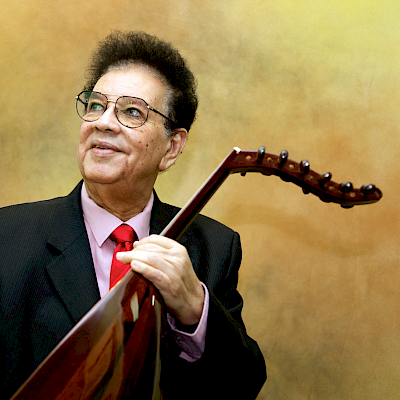Georgia’s Republican amiable politician Johnny Isakson died on Sunday after being promoted from a legislature to become a US Senator known as an effective behind-the-scenes consensus maker. He was 76 years old.
Isakson’s son, John Isaksson, told The Associated Press that his father fell asleep at his home in Atlanta before dawn. John Isakson said his father had Parkinson’s disease, but the cause of death was not immediately apparent. “He was a wonderful person. I miss him,” said John Isakson.
Johnny Isakson, a millionaire in the real estate industry, spent more than 40 years in Georgia’s political life. In the Senate, he was a tax-deductible architect popular with first-time homebuyers, who said he would help revitalize the struggling home market. As Chairman of the Senate Veterans Commission, he worked to expand the program to provide veterans with more folk medicine options.
Isakson’s famous motto was, “There are two kinds of people in this world, friends and future friends.” Due to that approach, he was very popular among his colleagues.
“Johnny was one of my best friends in the Senate,” Kentucky Republican minority leader Mitch McConnell said on Sunday. “But what’s amazing about him is that about 98 other Senators always felt the same. With his infectious warmth, charisma, generosity, and honesty, Johnny Became one of the most admired and beloved people in the House of Parliament. “
In 2015, Isakson announced that he had been diagnosed with Parkinson’s disease while preparing for his third term in the Senate. Parkinson’s disease is a chronic, progressive movement disorder that significantly slows walking. Immediately after winning the reelection in 2016, he underwent scheduled surgery on his back to deal with the deterioration of his spine. He often relied on wands and wheelchairs in later years.
In August 2019, Isakson announced that he would retire at the end of the year shortly after falling in his Washington apartment and breaking his four ribs, leaving him with a two-year term.
In a farewell speech in the Senate, he begged for bipartisanism during a fierce division between Republicans and Democrats. He cites a long friendship with Atlanta Democrat and civil rights hero John Lewis as an example of two men who are willing to set aside the party to tackle common problems.
“Let’s solve the problem and see what happens,” Isakson said. “Most of the people who call a person’s name and point their finger are those who don’t have a solution on their own.”
Lewis, who died last year, paid tribute to Isakson on the house floor in 2019, saying, “We have always found a way to get along and do the right job for people.”
After the speech, Lewis said, “Brother, I’m coming to see you,” and walked to hug Isakson.
From Atlanta, Isakson failed in 1974 with his first bid for an elected position, a seat on the Cobb County Commission. Two years later, he was elected to the Georgia State Representatives and became the only Republican to defeat the incumbent Democratic Party of Georgia. That same year, Jimmy Carter was elected president. Isakson served in the State Capitol and the Senate for 17 years. Always a minority in Georgia’s parliament, boosted by the Atlanta suburban boom, he helped pave the way for Republican dominance in the 2000s. By the end of Isakson’s career, some of those same suburbs were looking back towards the Democrats.
Georgia Governor Brian Kemp said in a statement, “As a businessman and talented retail politician, Johnny paved the way for Georgia’s modern Republican Party, but partisan politics do the right thing. Never disturbed me. “
Isakson suffered a humble setback before being sent to the Senate. In 1990, he lost to Democrat Zelmirer in the governor’s race. In 1996, Guy Milner defeated Milner in the Senate Republican primary before he lost to Democratic Max Cleland.
Many observers chalked the loss to Isakson, who was not tough enough with regard to abortion. In the Primary, Isakson advertised on television and said he would “not vote to amend the constitution to create criminals for women and their doctors” while opposed to government funding and the promotion of abortion.
“I trust my wife, daughter, and Georgian woman to make the right choice,” he said.
He changed his mind about the issues that later became controversial.
Isakson’s jump to Congress took place in 1998 when US House Speaker Newt Gingrich decided not to seek reelection. Isaksson won a special election in 1999 to fill a seat in the suburbs of Atlanta.
He finally arrived in the US Senate in 2004 when he defeated Democratic Denise Madget with 58% of the votes. He served Georgia’s senior senator Saxby Chambris, a close friend and classmate at the University of Georgia.
Isakson was considered an exorbitant early favorite to take over Republican Sonny Perdue at the Governor’s mansion in 2010. But he instead chose to seek a second term in the Senate. While there, he built a reputation as a moderate, but rarely split up with the party in major votes.
He was a major negotiator on immigration law endorsed by President George W. Bush in 2007, but was eventually abandoned after encountering strong resistance from the right. Chambris and Isaksson were booed over their immigrant stance at the Georgia Republican Convention that year.
Isakson supported limited school vouchers and played a major role in developing Bush’s signature education plan, the No Child Left Behind Act. He would also push for a compromise on the politically prosecuted issue of stem cell research, which would also expand research funding, ensuring that human embryos would not be harmed.
The approach to doing that deal is no longer endorsed by many voters, but Isaksson’s pedigree continues to exist in Georgian politics. State Attorney General Chris Kerr was the former Senator Chief of Staff. “When I was young when I was just starting politics, I wanted to be like Johnny Isakson,” Kerr said on Sunday.
Democratic Senator Raphael Warnock said “everything in Georgia” was saddened by Isakson’s death. After defeating Republican Kelly Loeffler in the January final vote, Warnock, who took over Isakson’s old seat, pays homage to the late Martin Luther King, Jr. at the Evernizer Baptist Church in Atlanta. I had a special relationship with Isakson who attended. The pulpit of the church belonged to King and later to Warnock. Warnock also continues Isakson’s tradition of offering an annual barbecue lunch for all Senators.
“The model of public services sets an example for the next generation of leaders in how to make progress on the principle while governing with compassion and compromise,” Warnock said on Sunday.
Isakson graduated from the University of Georgia in 1966 and joined the family-owned company Northside Realty in Cobb County a year later. With over 20 years of command, it has grown to be one of the largest independent residential real estate brokerage companies in the country. Isakson also served in the Georgia Air National Guard from 1966 to 1972.
He was survived by his wife, Diane, who married in 1968, three children, and nine grandchildren.
